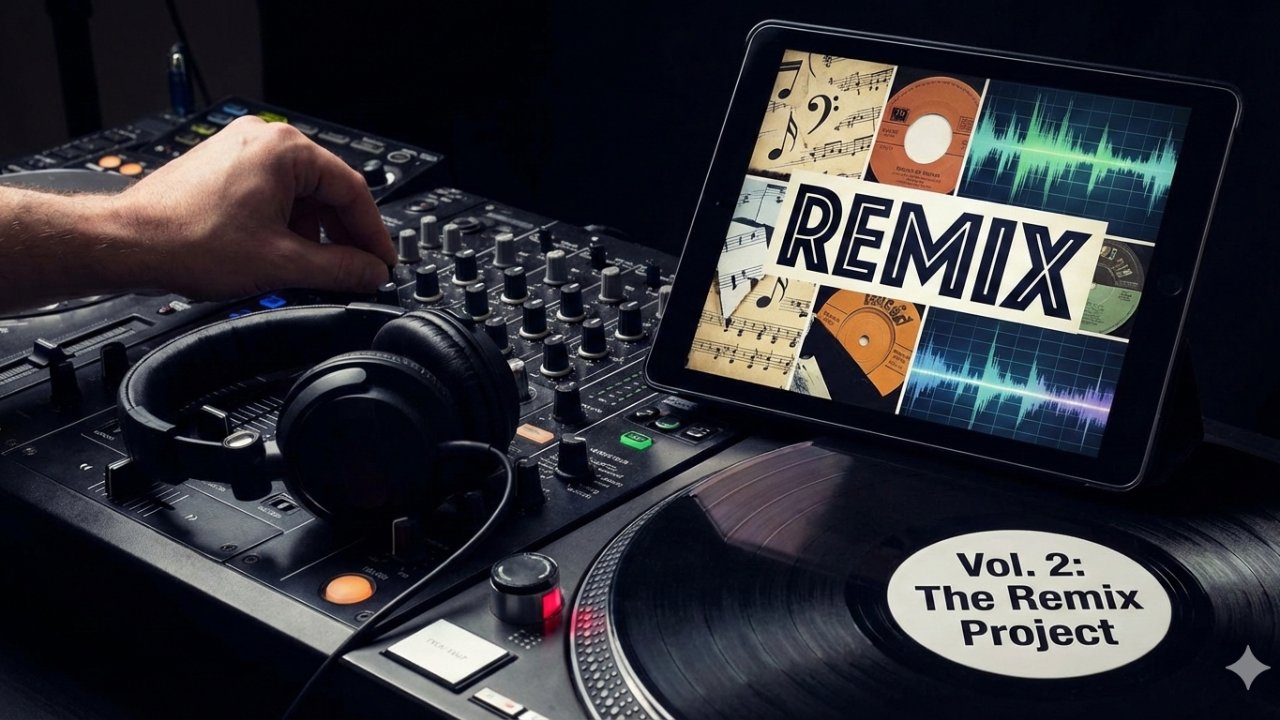🎮 Level Up Learning: How Gamification Transforms the Classroom 🧙♂️
Feb 17, 2025
Game On!
We’re learning more every day about how AI is changing our world and how we can leverage it in the classroom, connect with students, and create art projects that tell a story.
Now just imagine if your students were as excited about learning math or history as they are about playing their favorite video games. That’s the magic of gamified learning platforms. These tools integrate game-like elements — points, badges, leaderboards, and challenges — into educational activities, making learning interactive, engaging, and (dare we say?) fun.

Gamified learning isn’t about replacing traditional teaching methods — it’s about enhancing them. When used thoughtfully, these platforms can transform your classroom into a dynamic and interactive learning space where students are motivated to succeed.
What Are Gamified Learning Platforms?
Gamified learning platforms use game mechanics to boost student motivation and engagement. They’re designed to tap into students’ natural curiosity and competitive spirit while reinforcing educational content. Unlike traditional learning methods — which, we all admit – can sometimes feel dry and uninspiring, these platforms encourage students to take an active role in their own learning journey.
Micah Miner, EdTech expert, consultant and author of AI Goes to School, suggests these gamified learning platforms for K-12 classrooms:
For Kindergarten-Grade 5:
- Minecraft: Education Edition: A subscription-based platform that transforms Minecraft into a cross-curricular learning tool.
- Duolingo: Offers a robust free version for language learning with optional premium upgrades. X10 Note: We just set up the app to learn Portuguese and started in minutes. It was quite fun, and you can even learn High Valyrian (from Game of Thrones!).
- Kahoot!: A free interactive quiz platform that reinforces key concepts in a fun, competitive way.
- Osmo – Genius Starter Kit: Combines physical game pieces with digital interactivity to support math, spelling, and creative thinking. Requires purchase.
- Zoombinis: A classic logic puzzle game that builds pattern recognition and problem-solving skills. Typically a paid product.
For Grades 6–8:
- The Thing Translator: Uses your device’s camera to translate everyday objects into different languages — free to use.
- Osmo – Genius Starter Kit: As above, it’s versatile enough to scale with the learning needs of older students.
- Kahoot!: Offers customizable quizzes and a free plan ideal for collaborative review and in-depth subject exploration.
For Grades 9–12:
- CodeCombat: An immersive, game-based platform where students learn coding by writing real code. Free introductory levels, with premium content available.
- AI Dungeon: A text-based adventure game that uses AI to generate dynamic storylines — offers both free and premium options.
- Minecraft: Education Edition: Advanced projects can be tailored for deeper academic challenges. Subscription required.
- Duolingo: Provides advanced language lessons via its free platform with optional premium upgrades.
And here are two other platforms recommended elsewhere:
- Classcraft: A role-playing game where students earn points for good behavior and teamwork.
- Prodigy: A math adventure game that adapts to each student’s skill level.
Why Use Gamified Learning in the Classroom?
Gamified learning is more than just fun — it has real educational benefits:
- Increases Engagement: Students are more likely to stay focused and participate actively when learning feels like a game.
- Encourages a Growth Mindset: Games often require players to try, fail, and try again, reinforcing perseverance and resilience.
- Provides Instant Feedback: Many platforms give students immediate feedback, helping them understand concepts more quickly.
- Differentiates Instruction: Adaptive learning technology ensures that students learn at their own pace.
- Fosters Collaboration: Multiplayer features and team challenges encourage cooperative learning and social interaction.
How to Integrate Gamification in Your Classroom
If you’re new to gamified learning, start small! Try using Kahoot! to review a lesson or reward students with digital badges for meeting classroom goals. You can also introduce storytelling by turning lessons into quests or missions where students unlock new knowledge as they progress. The key is to make learning feel less like a chore and more like an adventure.
Final Word
Gamified learning isn’t about replacing traditional teaching methods — it’s about enhancing them. When used thoughtfully, these platforms can transform your classroom into a dynamic and interactive learning space where students are motivated to succeed.
So why not give it a try? Game on!
Get Ahead of the Game
How can educators prepare themselves and their students for an AI-abundant future? Here’s your practical roadmap: AI Goes to School: How to Harness Artificial Intelligence in Education to Prepare Students for the Future (and Make You an Even Better Teacher).
Read More
- Miner, Micah. 2024. “Integrating AI Thoughtfully (or Slow Walking): From Kindergarten to College.” MicahMiner.com. March 26, 2024.
- “AI Art: Your New Teaching Assistant for Creative Learning.” X10 Publications blog. November 13, 2024.
- “How Educators Can Use Artificial Intelligence to Level Up.” X10 Publications blog. February 12, 2025.
- Miklya, Kyle. “5 Ways to Integrate Gamification into Your Classroom.” ESchool News. January 10, 2025.
- “Put Your Creativity Where Your AI Is.” X10 Publications blog. November 14, 2024.






